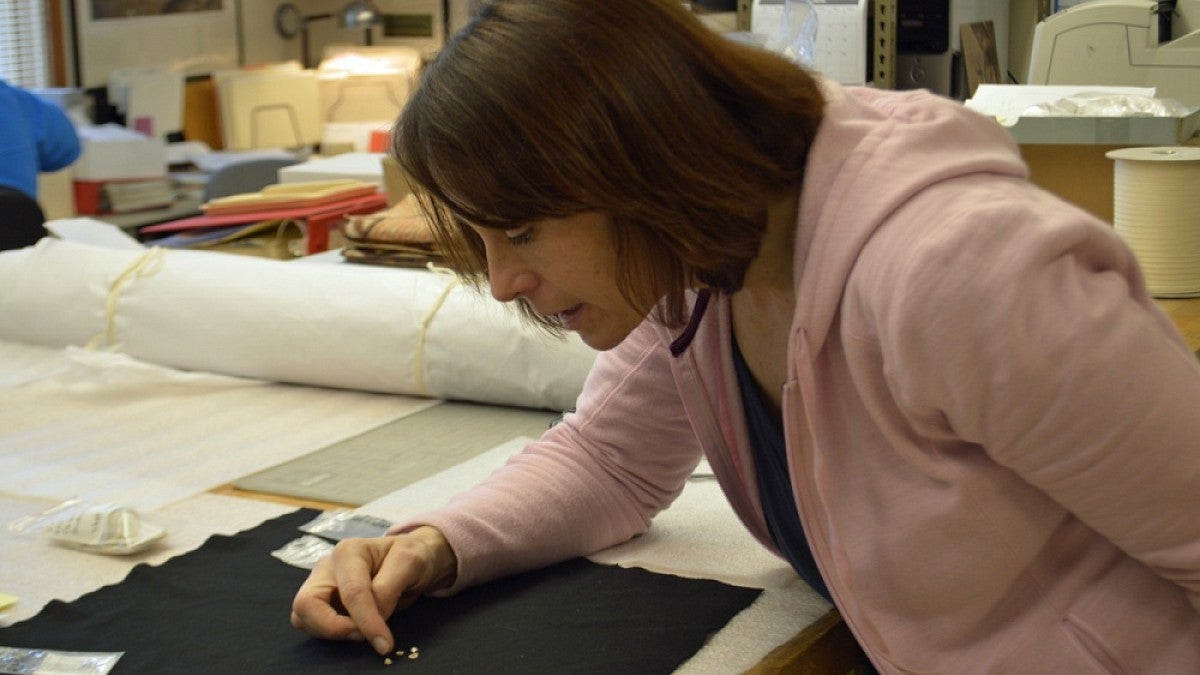Glass, metal, seeds, polymer, paper and stone — these are just a few of the materials represented in the UO Museum of Natural and Cultural History’s newest exhibition "Strung Together: Beads, People, and History."
The exhibition, which opens Friday, April 8, spans thousands of years and six continents, uncovering a complex world of the many stories behind the beauty of beads. The public is invited to the opening reception, set for 6 to 8 p.m. at the museum, 1680 E. 15th Ave. Admission is free.

Strung Together will showcase more than 50 items from the museum’s collections, including historic beadwork from the Columbia Plateau and Great Plains regions and shell beads traded from the Pacific Coast to Oregon’s Fort Rock Basin as long as 8,000 years ago.
Also on view will be an array of 19th-century textiles from Canada’s Mackenzie River region, home to a unique artistic style blending Native American, Metis and European traditions. The assemblage includes a beaded moose-hide jacket, beaded mittens and embroidered moccasins — all revealing the intricate, floral designs characteristic of the Mackenzie River style.
The exhibit will explore present-day beadwork alongside historical and ancient examples, spotlighting works by more than two dozen contemporary artists. Among these will be several beaded sculptures, a Day-Glo necklace by New York artist Suzanne Golden, and a surprising piece that will appeal to Star Trek fans.
“We’re featuring an installation by the Colorado-based artist Devorah Sperber, whose works are known for exploring the territory between art and visual perception,” said exhibitions developer Lyle Murphy. “In this installation, she used 1,200 spools of colored thread, strung up like beads, to create what seems like an abstract pattern, but when you view it through an adjacent optical sphere, an image suddenly comes into focus — and it’s Spock.”
At interactive stations, visitors can create their own Sperber-style color patterns, learn about different beading techniques and make rolled-paper beads to add to a community display.
"Strung Together" will be on view through Feb. 5, 2017.
— Kristin Strommer, Museum of Natural and Cultural History


